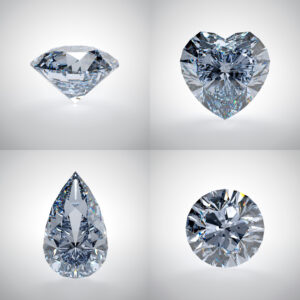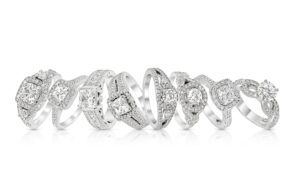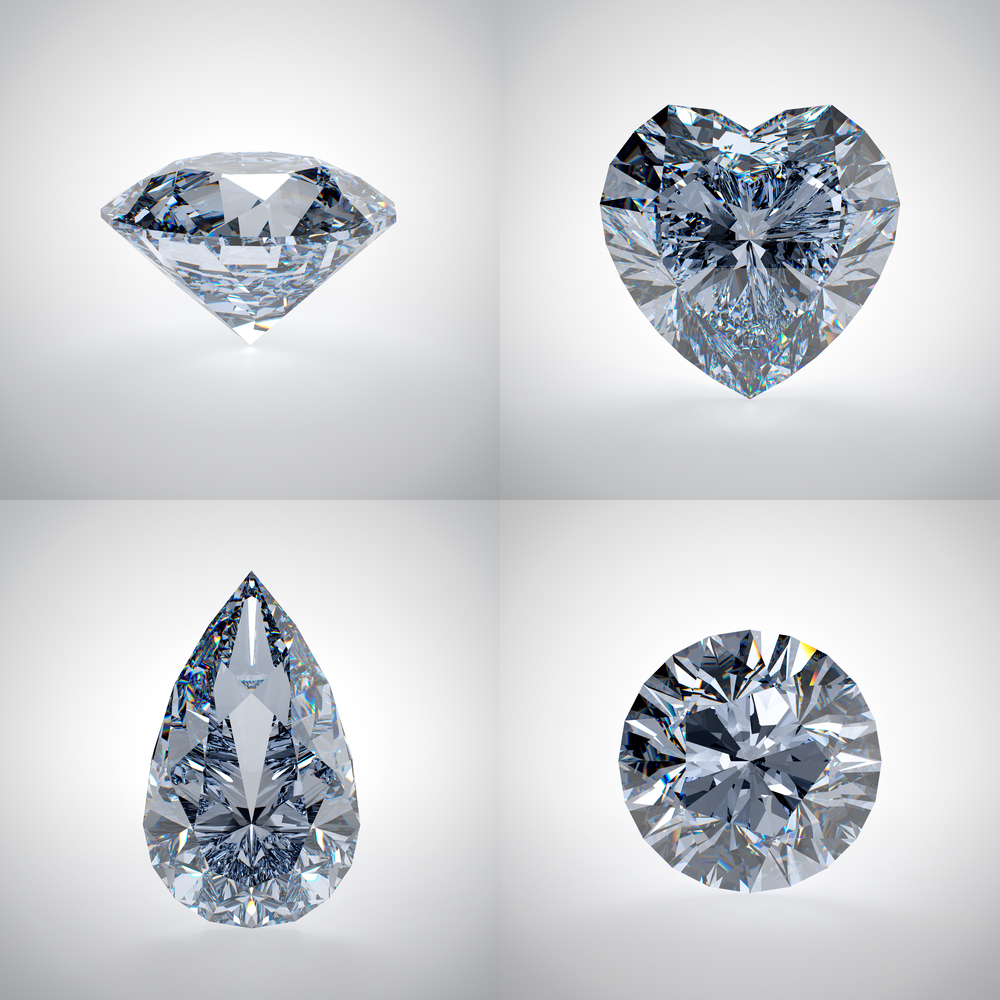
Diamonds have long been prized as a representation of wealth and style. Natural diamonds are a rare and expensive commodity because they are created deep within the earth’s crust. However, thanks to technological breakthroughs, artificial diamonds have been created that are less expensive and simpler to get. The market for synthetic diamonds has been steadily expanding in recent years. We will compare the artificial diamond market with that of natural diamonds in this article.
The Growing Popularity Of Artificial Diamonds
Artificial diamonds, commonly referred to as lab-grown or synthetic diamonds, are created in a controlled environment in a laboratory. The chemical and physical characteristics of these diamonds are identical to those of natural diamonds, but they can be produced more cheaply and in bigger quantities. Since there is no mining involved in the creation of artificial diamonds, this procedure is also less harmful to the environment. Artificial diamonds are getting more and more well-liked among consumers due to their lower cost and advantages for the environment.
Comparing The Prices Of Natural And Artificial Diamonds
Diamonds’ value is influenced by both their scarcity and consumer demand. Due to their scarcity, natural diamonds’ pricing is governed by the principles of supply and demand. Natural diamond prices can alter depending on a number of variables, including the status of the economy, modifications to mining regulations, and new discoveries. However, due to their decreased rarity and ease of production, synthetic diamonds are far less expensive than natural diamonds. Artificial diamonds typically cost between 30 and 40% less than genuine diamonds.
The Quality Of Artificial Diamonds Vs. Natural Diamonds

Artificial diamonds are equally as strong and durable as genuine diamonds since they share the same physical and chemical characteristics. However, because of their scarcity and distinctive qualities, natural diamonds are frequently thought to be of a superior grade. The 4Cs, which stand for carat weight, cut, color, and clarity, are used to assess natural diamonds. The value of the diamond is based on these properties. The 4Cs are also used to assess synthetic diamonds, however, they could not be as special as genuine diamonds. This may have an impact on their worth and customer appeal.
The Environmental Impact Of Artificial Diamonds
The ecosystem is significantly impacted by the mining of natural diamonds. Large volumes of dirt and rock are removed, which can lead to habitat loss and soil erosion. Pollution of the air and water may also be caused by the use of chemicals and large machinery. On the other hand, the creation of synthetic diamonds has a far lower negative effect on the environment. Since there is no mining involved, less energy is used during manufacture, and fewer pollutants are produced. As a result, synthetic diamonds are a better choice for the environment.
